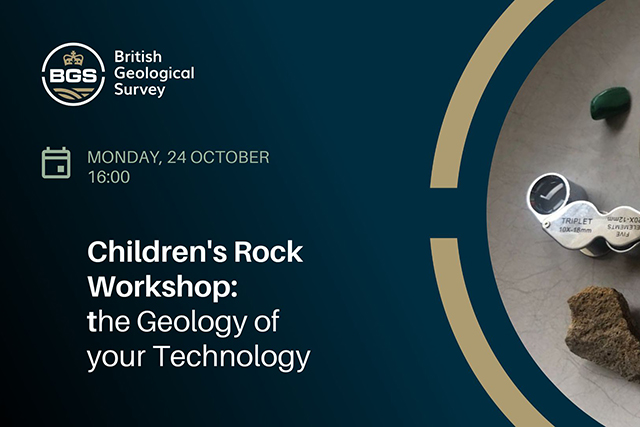Inside BGS — virtual Open Days
In October 2020 BGS held a series of mini virtual open days with talks, tours, interactive workshops and social media takeovers. We have saved some of this content so you can enjoy it later.
Event from 14/10/2020 to 17/10/2020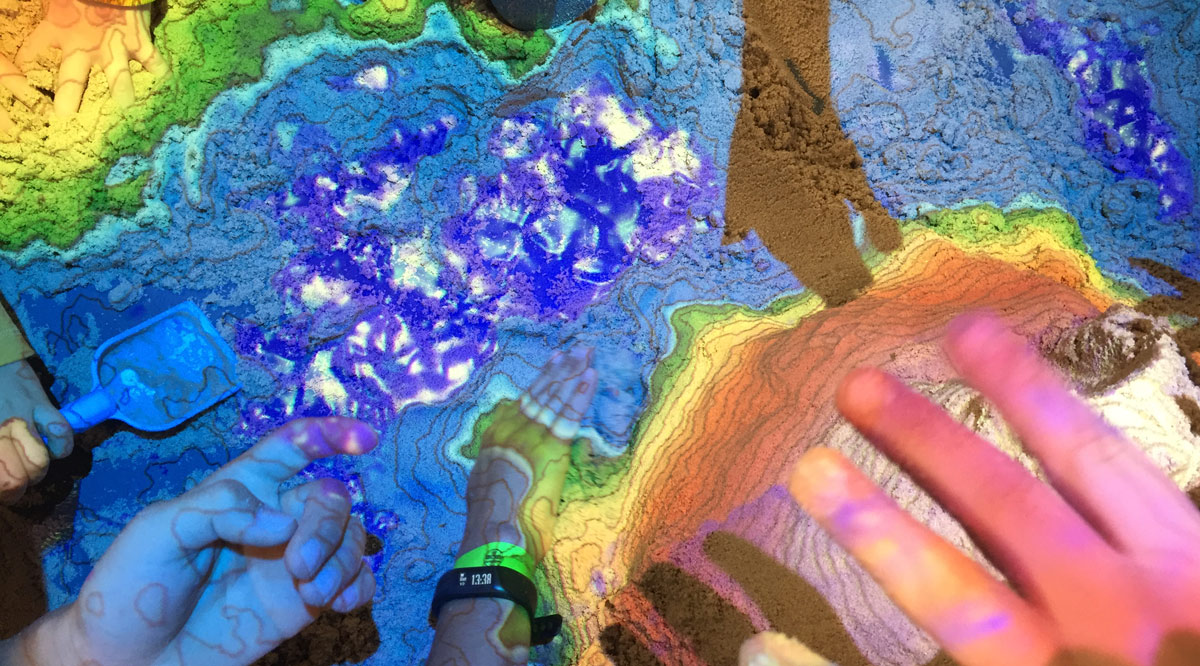
In October 2020, the BGS Open Day was held virtually for the first time.
The event took place during Earth Science Week (11 to 17 October 2020) with the theme ‘Earth’s materials in our lives’.
Throughout the week, a different member of staff took over our Instagram stories to introduce themselves, share how they got into geology and their work at BGS. You can watch these on our Instagram highlights under ‘Q&A’
Watch our webinars
Exploring the Five Deeps with Heather Stewart


Join BGS’s Heather Stewart, the chief geologist on the Five Deeps expedition’s science team, to hear about the challenges of exploring the deepest sea floors and find out what they learnt.
The deepest parts of the ocean are one of the final remaining frontiers of discovery on our planet. Much of the deep ocean is unmapped and draws in explorers, scientists, cartographers and environmentalists keen to discover its secrets. The Five Deeps Expedition was a venture conceived by explorer Victor Vescovo, which saw him reach the deepest point in each of the Earth’s five oceans in his own purpose-built, full ocean-depth submersible in a series of expeditions in 2018–19. Join the BGS’s Heather Stewart, the chief geologist on the expedition’s science team, to hear about the challenges of exploring the deepest sea floors and find out what they learnt.
Pebble spotting with Clive Mitchell


Worn smooth by the sea, fitting snugly in the palm of your hand, the humble pebble is familiar yet so mysterious. BGS pebble-ologist, Clive Mitchell, shines a light on the shingle to work out what pebbles are made of and gives a few tips on finding the more exotic varieties.
Eye in the sky — the Earth from space with Ekbal Hussain


Ekbal Hussain demonstrate the power and usefulness of satellite data and how we at the BGS use this information to respond to disasters, look for mineral deposits and monitor space weather.
Earth’s first artificial satellite was launched in 1957. Since then, hundreds of others have followed, dedicated to mapping and observing the changes on our planet. Over half a century of satellite imagery has provided both iconic views and unprecedented scientific insights.
In this talk Ekbal will briefly demonstrate the power and usefulness of satellite data and how we at the BGS use this information to respond to disasters, look for mineral deposits and monitor space weather.
Take a tour round some of our services facilities:
Cartography at BGS: 200 years of mapping Great Britain


With a throwback to the past, Deborah Daley gives us a taster of how geological maps were produced at the BGS.
Our starting point is the first geological map, made by William Smith in 1815. The Ordnance Geological Survey was formed in 1835 and we take a look at the some of the original drawing tools used in the past by geologists and cartographers to produce geological maps.
You can find digital versions of our maps via OpenGeoscience.
Inside the British Geological Survey’s Core Store


The National Geological Repository at Keyworth is a vast storage facility housing over 550 km of drillcore as well as the BGS’s extensive collection of reference material from North Sea oil wells, rock specimens, fossils and minerals. These videos are an opportunity to see inside the collections.
Exploring Palaeontology at BGS


The fossil collections at BGS contain over a quarter of a million fossils collected over nearly 200 years, making it one of the most significant collections in the UK. This video is a chance to see a few of our favourite specimens.
Upcoming events
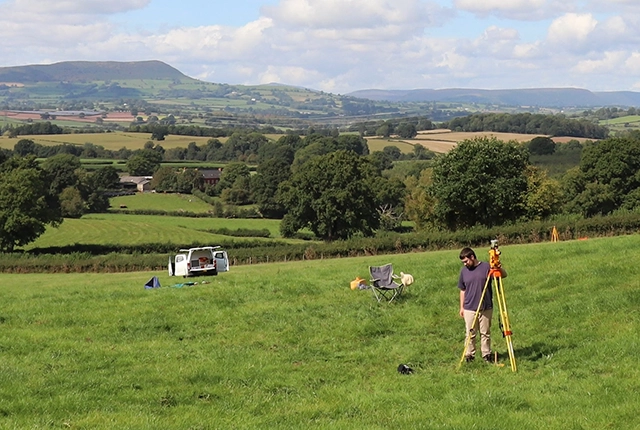
NERC Tech Forum 2025
Event from 03/06/2025 to 05/06/2025
The primary aim of the meeting is networking within technology areas in NERC and related research centres.
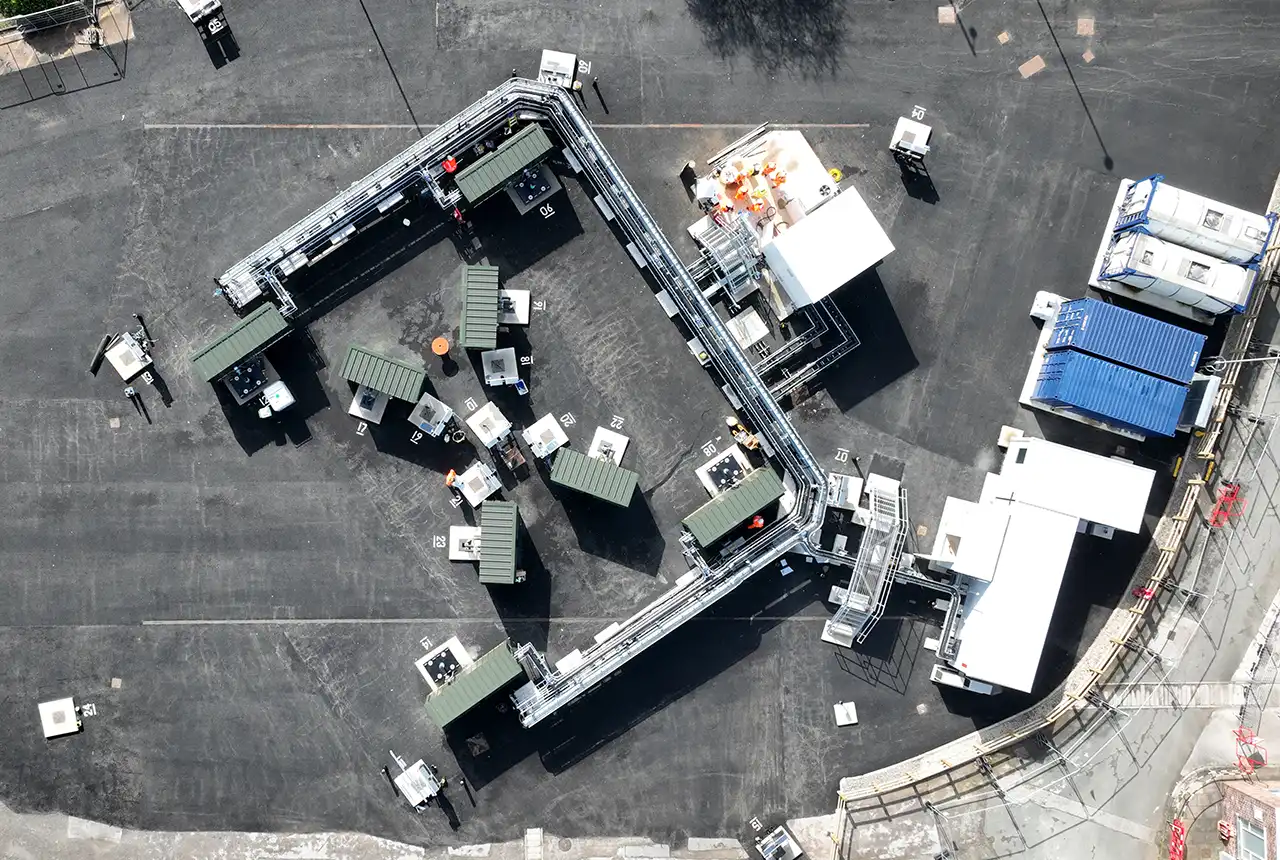
Webinar: underground thermal energy storage (UTES): uncertainties and benefits
Event on 15/01/2025
Join us for a special webinar that will introduce underground thermal aquifer storage and offer all interested parties the opportunity to participate in a workshop to be held in spring 2025.
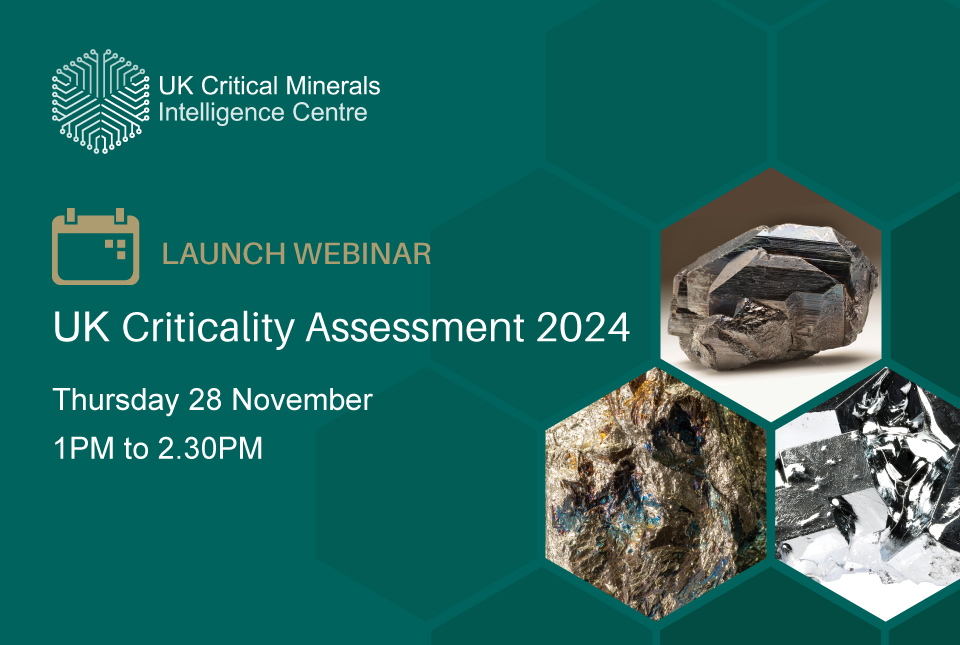
Criticality Assessment 2024 launch webinar
Event on 28/11/2024
A special live webinar with the team from the Critical Minerals Intelligence Centre to accompany the launch the latest UK Criticality Assessment. A recording is now available to watch online
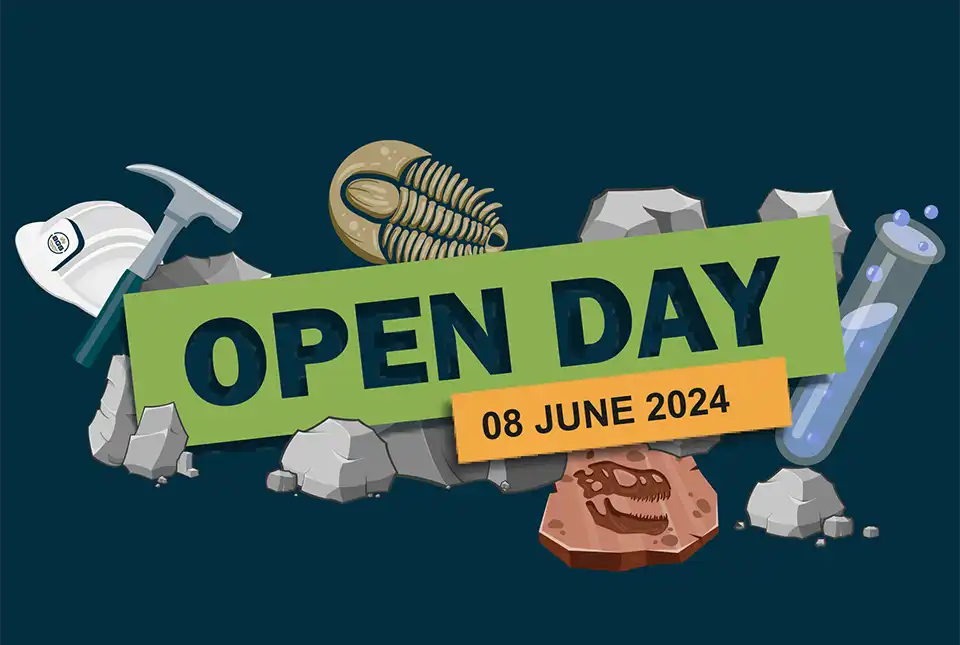
BGS Open Day 2024
Event on 08/06/2024
Join us on 8 June 2024 to explore volcanoes and earthquakes, soils and aquifers, the sea, the sky and everything in between!
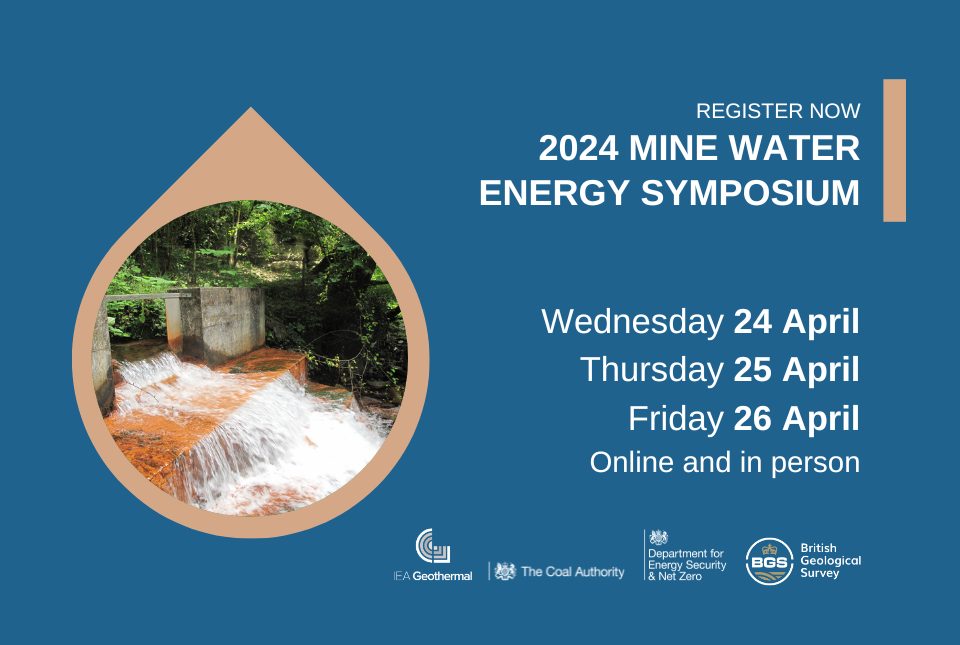
2024 Mine Water Energy Symposium
Event from 24/04/2024 to 26/04/2024
Now in its fourth year, the 2024 Mine Water Energy Symposium will be held in person for the first time in April 2024, with online streaming functionality.
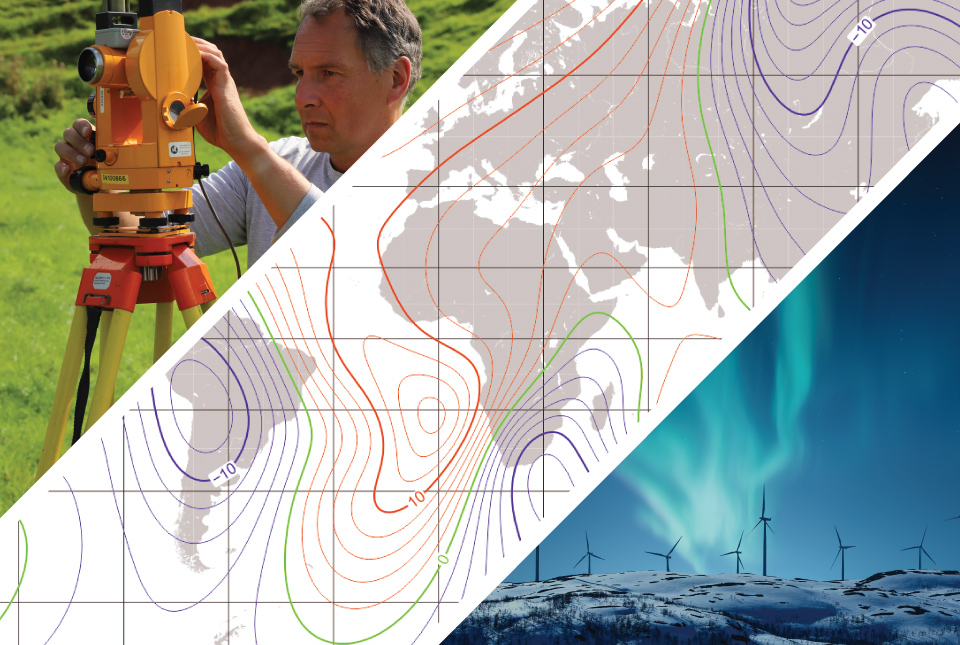
From the Earth’s core to outer space: understanding the magnetic field
Event on 26/03/2024
A special webinar focusing on our our geomagnetism research, including how we measure the magnetic field, everyday applications and mitigating the threats of space weather.
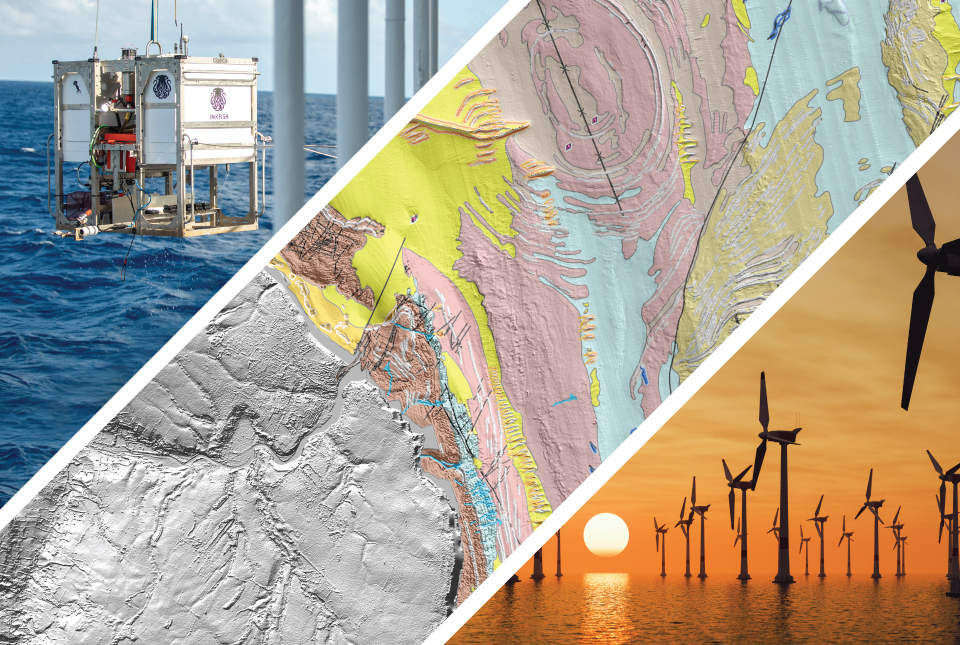
Geology beneath the waves: developing maps and models of the sea floor
Event on 23/11/2023
A special webinar focusing on our cutting-edge sea floor mapping research and an exciting new project exploring the deepest reaches of the world’s oceans. A recording is now available.
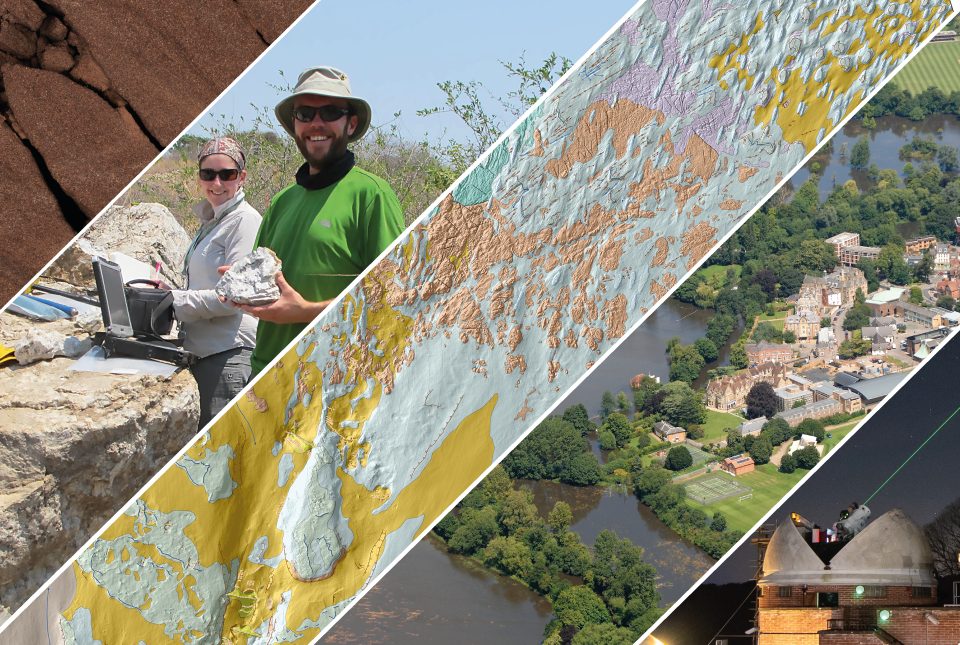
BGS Virtual Strategy Launch – Understanding our Earth
Event on 23/05/2023
Join us online to learn more about our new BGS strategy 2023 to 2028 – Understanding our Earth
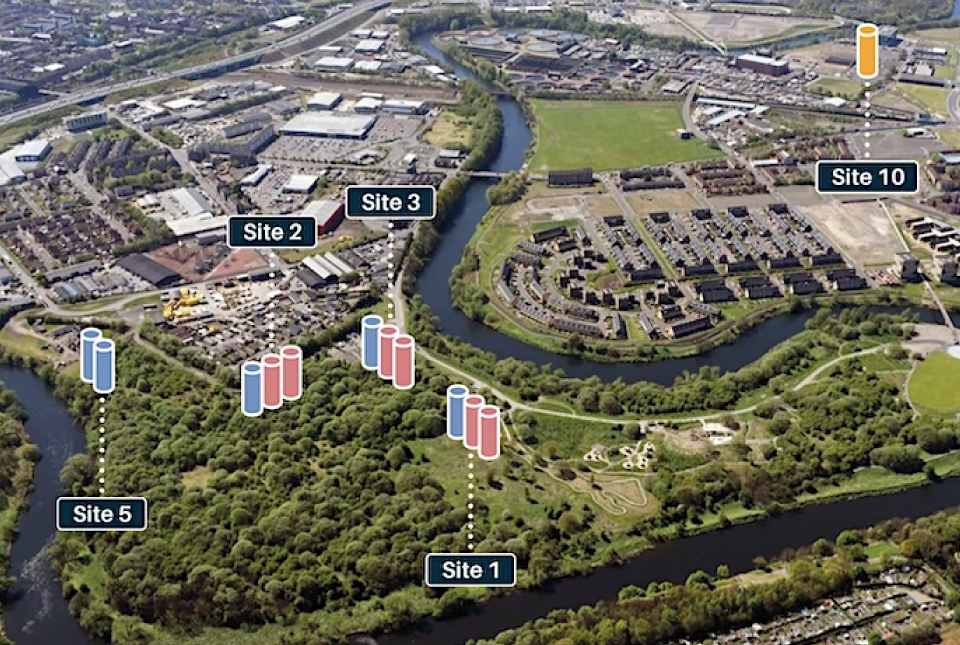
UK Geoenergy Observatories — open events in Glasgow
Event from 26/04/2023 to 27/04/2023
You are invited to visit the UK Geoenergy Observatory in Glasgow, to find out more about what the facility can offer you as a potential user.
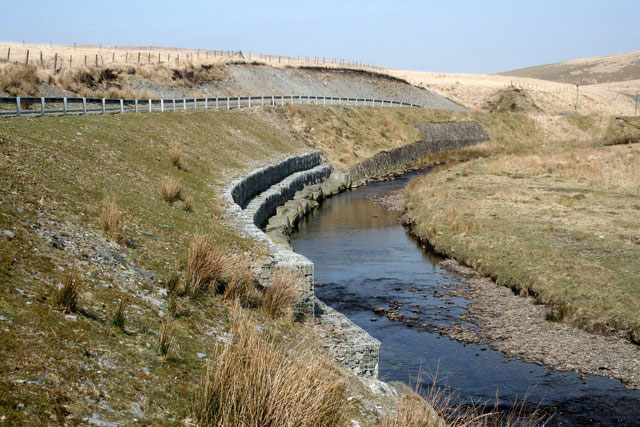
GeoScour dataset launch event
Event on 08/09/2022
BGS Product Development invites you to the launch of our newly updated dataset, GeoScour.
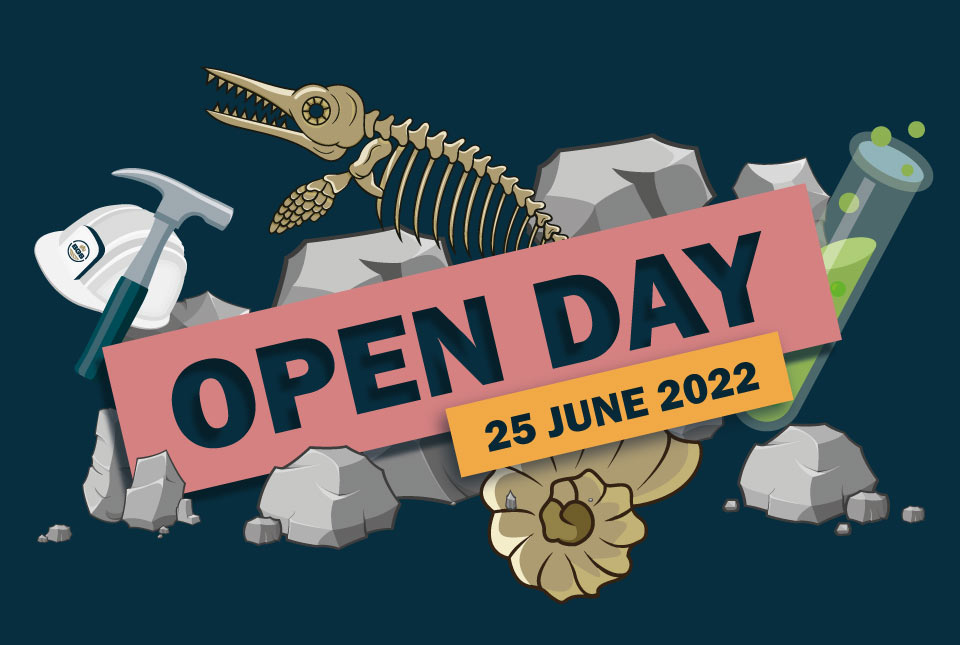
BGS Open Day 2022
Event on 25/06/2022
Join us for a FREE day of science and discovery as we explore the fascinating world beneath our feet!



